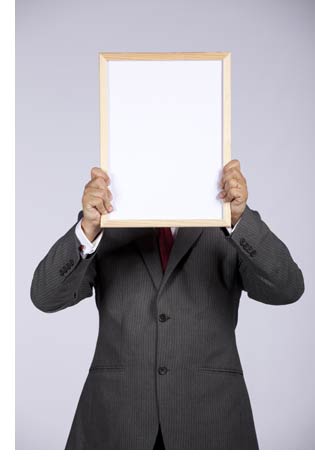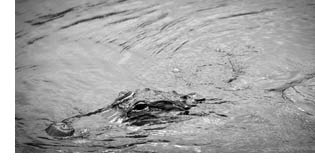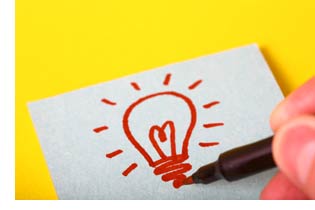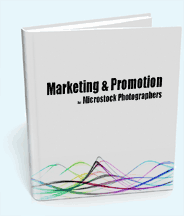 I wrote about putting images on flickr in promoting your portfolio and 27 ways to unlock the power of microstock photography, here's a few more reasons why this versatile website is useful to the on-line photographer:
I wrote about putting images on flickr in promoting your portfolio and 27 ways to unlock the power of microstock photography, here's a few more reasons why this versatile website is useful to the on-line photographer:
- With iptc keywords, description and title already in your stock images then uploading is quick and easy.
- You can create a network of photographers doing similar things (this WON'T work if all you shoot is simple stock photos), photographers with similar interests can be a great source of inspiration. For this reason it's a good idea to compartmentalise your stock, hobby/personal or other professional images into different accounts, each can create a targeted 'social network' interested in a specific genre.
- flickr is listed well in search engines, anyone with a pro account can see that, in some cases 50% of views come from search engines making flickr a great way for you to get your images better covered in search engine results.
flickr feeds - they don't just let people subscribe to your updates in an RSS reader, they can be used to display your latest images in a website widgit, either on your own website or that of someone else who likes your work... this further increases the number of people that can see your pictures. Feedburner can 'splice' your flickr images and your blog posts together into one feed.
The API - not something to be scared of! If you like, your creative commons (there are more than 100 million of them already on flickr) images can be used on products from zazzle or printed onto moocards, and all those creative commons uses will be including an unpaid attribution back to you.
- Lots of image users find their images through google images (although they might not be quite as willing to open their wallets to pay for them as visitors to a microstock agency). flickr seems to be well represented in almost all google images searches.
- Getting discovered, you might be dreaming a long time if you think that getty are going to 'find you' on flickr but it's quite likely that lots of other people will see your work.
Every silver lining has a cloud:
 Image theft, there's no built in support for watermarking, but for me the disadvantages of having some of my images stolen and used without credit or permission is far more attractive than hiding everything I've ever taken away in a shoebox never to see the light of day. Preventing image theft.
Image theft, there's no built in support for watermarking, but for me the disadvantages of having some of my images stolen and used without credit or permission is far more attractive than hiding everything I've ever taken away in a shoebox never to see the light of day. Preventing image theft.
- Trite feedback: could also be considered a bonus, you'll definitely get an unbiased view of what the average consumer thinks is attractive - and that's frequently not what would be acceptable as microstock or make a high selling image. To be brutal there are some revolting images with hundreds of "wow that's great" comments, this is no use to anyone except the photographer who took them who is getting lots of views of his work. Develop an iron stomach for the intelligence of comments from other users because you will see them time and again until you're sick.
- Stock photos are less popular on flickr. It tends to be beautiful landscapes and "what's that!" eye poppers that grab attention and 'interestingness', a table top photo of coins and bank notes is simply 'not flickr' - yawn.
- Unless flickr include an option to sell images it will never be a core part of your photography business; like twitter and countless other networking applications it a promotion tool based around people learning from each other. Use it as a learning tool, inspiration or networking platform - measure what it does for you, don't spend endless hours uploading every image you ever took.
- It can take a while for a flickr account to 'build authority', but you will be rewarded if you keep uploading good quality images and contributing to the community.
- Only a small proportion of image views actually convert into people clicking your profile or contacting you, it's even harder to do anything to convert the views into sales.
- This might not be true of all of you but I don't find flickr to be quite as social as I think it could be, for flickr it does seem that relationships are less important than popularity of images, in the long term that leaves me cold.
- To get the most out of it you will have to pay for a pro flickr account... but this works out at just a little over two dollars a month, not exactly expensive by even a hobbyists standards.
Is flickr the still place to be?
Now more than 10 years old is flickr still the best place to showcase your work? Despite a complete makeover of the interface that broke a few things, and a PR debacle with the ‘sale’ of creative commons images (yahoo/flickr were quite within their right) then, YES flickr is still the place to showcase your work; this despite an ever growing number of options. Perhaps to put it better, your work should be on flickr… and Instagram… and twitter pics… and facebook…. and shared on pinterest…tumblr... but we have to pick our fights!
Flickr tips
 You need to contribute, it will take some of your 'free' time to comment on other images, add your images to groups and pools, if you just upload images to a new account and never log back in you will see little in the way of return traffic.
You need to contribute, it will take some of your 'free' time to comment on other images, add your images to groups and pools, if you just upload images to a new account and never log back in you will see little in the way of return traffic.
- Create a 'favourites' or 'best of' collection at the top of your groups, place work that you want people to see in there.
- Add a little more detail to the description than you would normally do for microstock, describe how you took the image, how it came about and what gave you the inspiration. Add some emotion. Buyers might not be so interested in this but most flickr visitors will stop and some might be prodded into making a useful comment on your photo.
- Separate different aspects of your work, your stock photography might just be one account, your other personal photography might be another, and you might experiment with a free flickr account for a current photo project you are running - but concentrate on promoting a paid account for your main work.
- You need to include each photo in at least one pool of related photos, this seems to help the flickr 'interestingness'. Just don't post the same photo into too many pools, I never include my images in more than three pools, also some pools limit the number of other pools an image can be in so choose carefully, the best results come from the most relevant pools.
- Upload in batches, don't submit all your images in one burst, no more than 5 per day seems to work well.




Hmm. I wonder when this was
Tyler Olson (not verified) on Thu, 2009-11-19 11:56dates
Steve Gibson on Fri, 2009-11-20 00:29